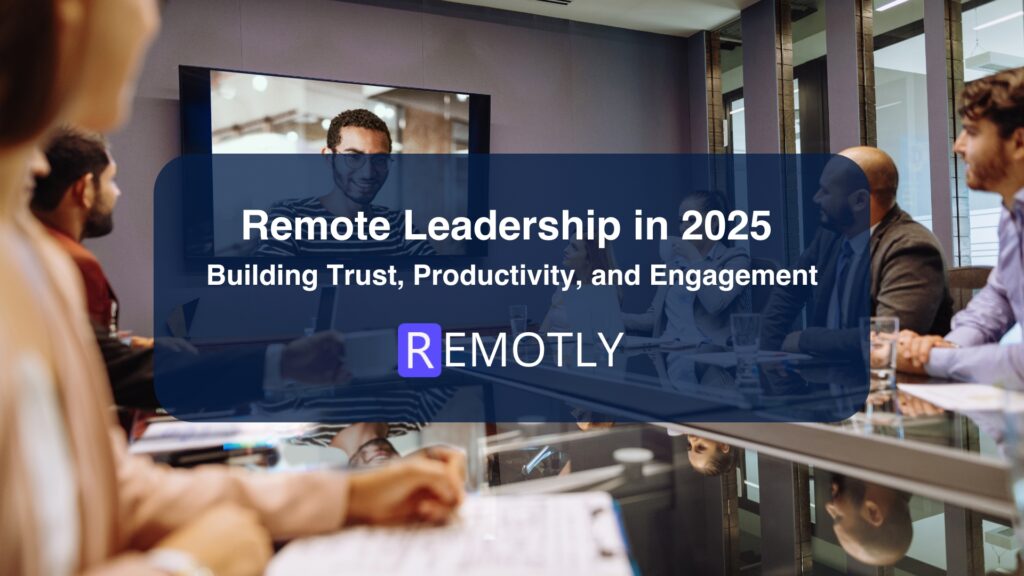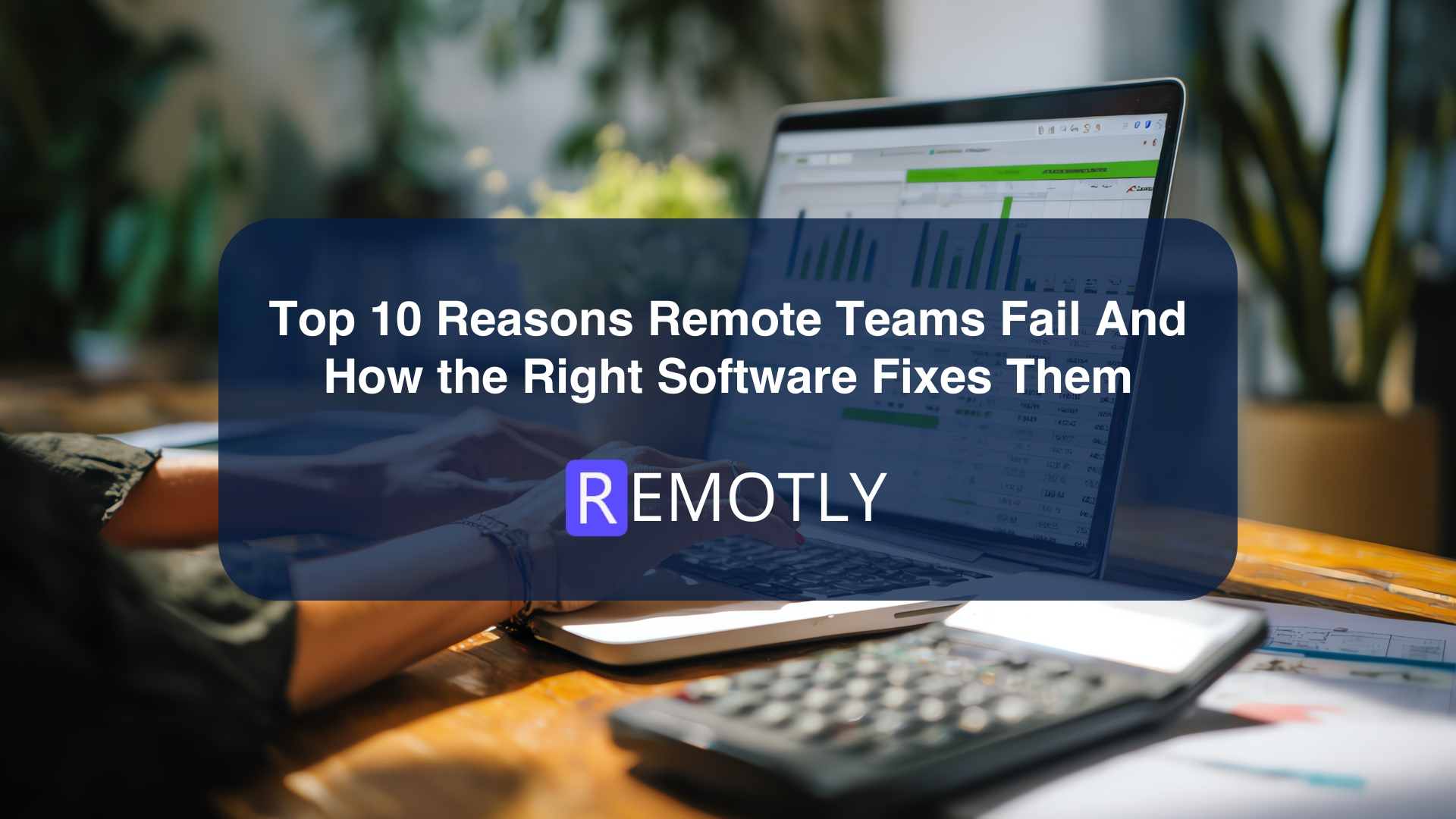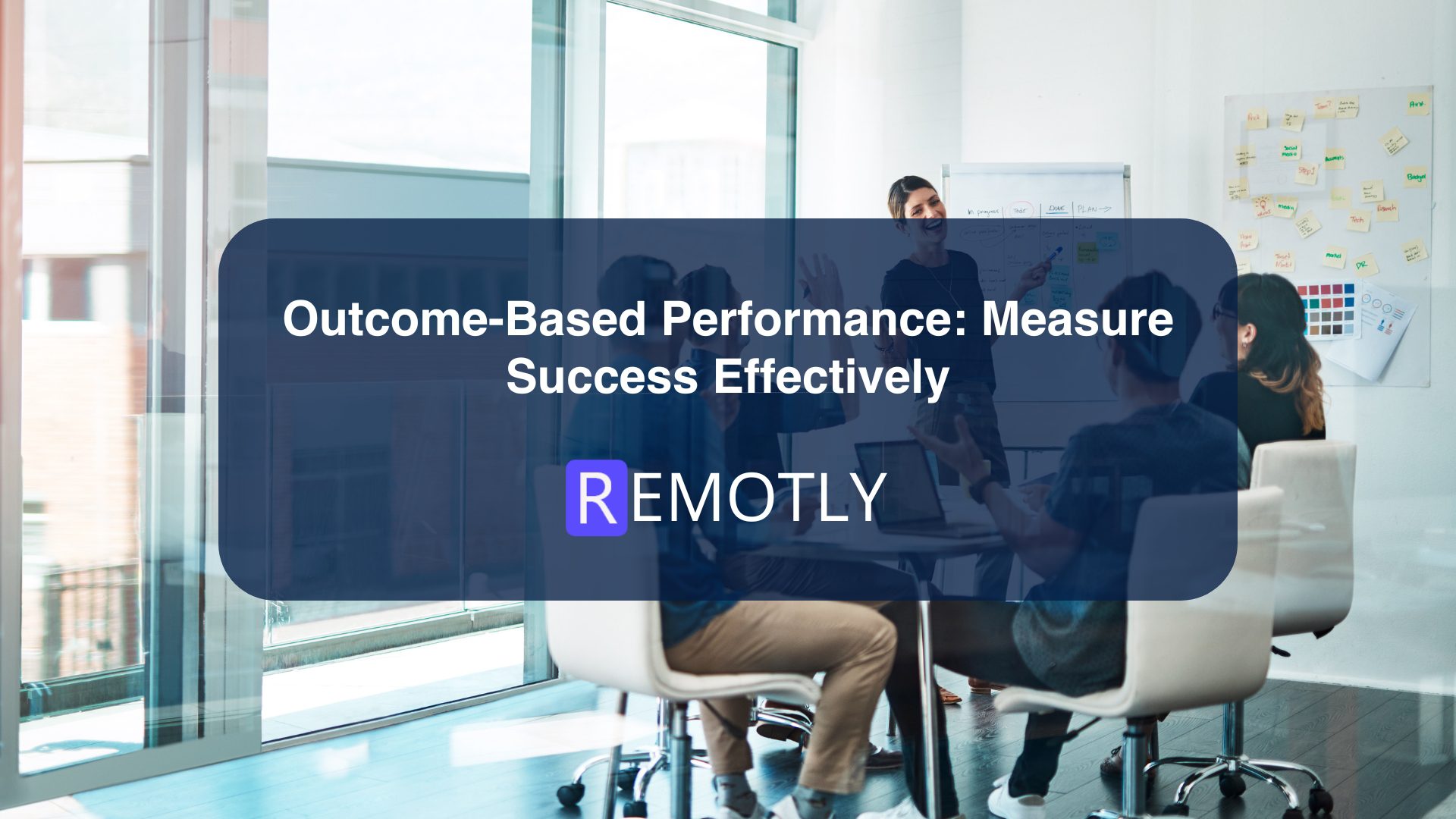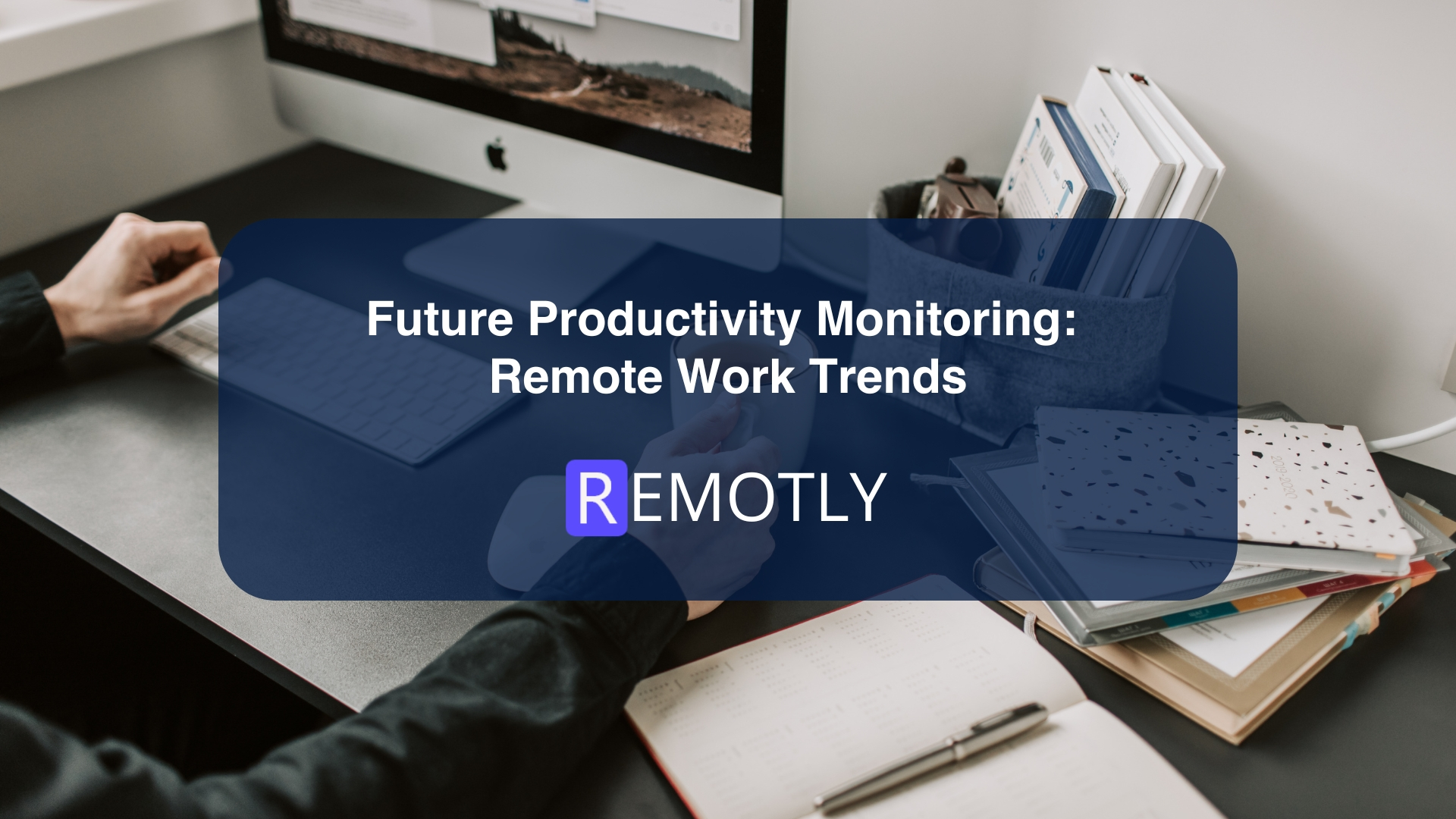What Is Remote Leadership and Why Is It Important in 2025?
Remote leadership is more than managing distributed employees it’s about empowering remote teams, building trust, and sustaining remote team productivity without slipping into micromanagement.
In 2025, with hybrid and fully remote workforces becoming the norm, leaders face the challenge of maintaining alignment, motivation, and accountability across time zones and geographies. The solution lies in:
- Trust-based remote management that prioritizes outcomes over monitoring.
- Psychological safety in remote teams so employees feel free to share ideas and concerns.
- AI-driven productivity insights that help leaders make data-backed decisions.
This combination ensures leaders can guide teams effectively while fostering long-term engagement.
How Can Leaders Empower Remote Teams Effectively?
The foundation of effective remote leadership is empowerment, not control. Leaders who empower remote teams achieve better outcomes by:
- Setting outcome-based remote leadership goals that measure results, not activity logs.
- Offering autonomy so employees decide how and when they deliver work.
- Encouraging accountability through transparent performance metrics.
- Prioritizing psychological safety in remote teams, ensuring all voices are heard.
When leaders adopt this approach, they build a sustainable remote work culture and engagement model that motivates employees for the long run.
What Role Does AI Play in Managing Remote Teams?
In 2025, AI for remote workforce management has shifted from surveillance to support. Instead of tracking keystrokes, leaders now use AI-driven productivity insights to:
- Detect workflow bottlenecks before they hinder progress.
- Access real-time dashboards that measure team efficiency.
- Identify signs of burnout or disengagement early.
- Balance workloads to maintain remote team productivity.
Platforms like Remotly.tech unify these insights, enabling managers to oversee distributed teams confidently and without micromanagement.
What Are the Best Remote Team Communication Strategies?
Strong communication is the backbone of managing remote teams effectively. To foster clarity and collaboration, leaders can use:
- Daily or weekly stand-ups for alignment.
- Well-documented processes that minimize confusion.
- Multiple communication modes (chat, video, asynchronous updates) to suit diverse needs.
- Continuous feedback loops that ensure transparency.
When combined with outcome-tracking tools, these remote team communication strategies strengthen collaboration and drive productivity.
How Do Leaders Build Remote Work Culture and Engagement?
Culture is the silent engine of successful remote teams. A positive remote work culture and engagement strategy includes:
- Celebrating team and individual achievements.
- Recognizing contributions openly and consistently.
- Encouraging growth with mentoring and skill development.
- Ensuring inclusivity so no employee feels isolated.
By creating this cultural foundation, leaders connect employees to a shared mission, improving both retention and performance.
How Can Leaders Measure Success Without Micromanagement?
Success in remote leadership without micromanagement is measured by outcomes, not online presence. Leaders can achieve this by:
- Setting clear OKRs and KPIs tied to organizational goals.
- Tracking deliverables rather than time spent online.
- Leveraging AI-driven productivity insights for accurate performance analysis.
- Building transparency so employees see how their work contributes to success.
This outcome-based approach fosters both trust and high performance.
Final Thoughts: The Future of Remote Leadership in 2025
The future of remote leadership is defined by trust, empowerment, and data-driven decision-making. Leaders who embrace outcome-based remote leadership, utilize AI for remote workforce management, and create psychological safety in remote teams will unlock higher engagement and productivity.
The key is simple: empower people instead of micromanaging them. Tools like Remotly.tech provide the real-time transparency leaders need to manage distributed teams with confidence.
FAQ’s
What makes remote leadership different from traditional leadership?
Remote leadership focuses on trust, empowerment, and digital tools, whereas traditional leadership often relies on direct supervision and physical presence.
How can leaders improve remote team productivity?
By using AI-driven productivity insights, setting outcome-based goals, and promoting a strong communication framework, leaders can sustain productivity without micromanagement.
Why is psychological safety in remote teams important?
It allows employees to share ideas and concerns without fear, driving innovation, collaboration, and stronger team morale.
What role does AI play in remote workforce management?
AI supports leaders by identifying bottlenecks, monitoring engagement levels, and balancing workloads helping teams stay efficient and healthy.




